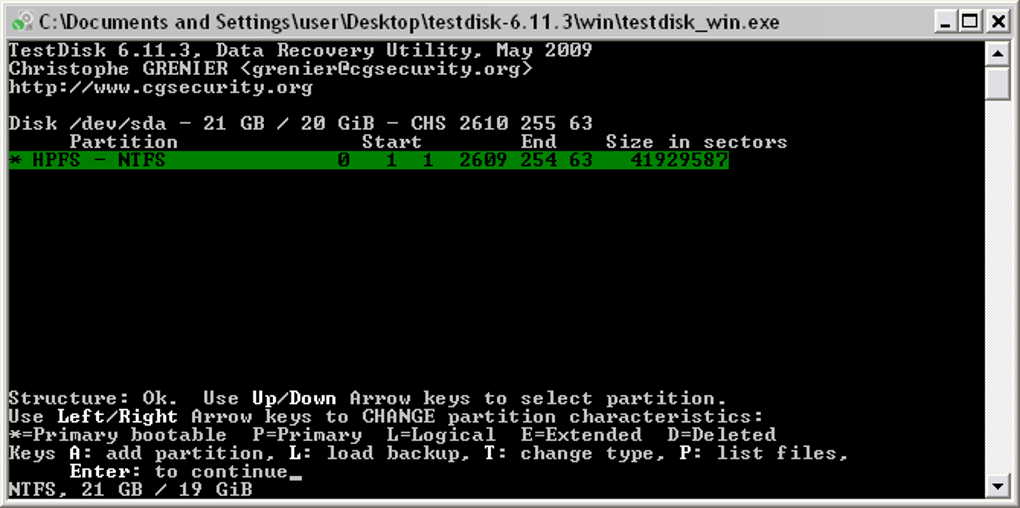

This will prevent cells from being recovered. # cat: write error: No space left on deviceįstrim will literally reset every unused memory cell to factory state. You can just fill up the disk until the disk is full, and then delete that file: # user zeros You can prove that it is the real disk by using head command: # head sda.img Now you should have a very large bit for bit disk. Unmount the disk you want to copy (unmount sda1 and sda2). Type the lsblk command to identify the source disk that you will be imaging. Or you can copy the whole disk over to the second drive. You can copy the whole disk out over the network to anywhere in the world. Tip: if you can’t boot into the recovery media, change your BIOS boot order or create another small UEFI bootloader helper using Super Grub Disk 2.įor example, in Vultr you can upload any generic ISO file for booting: Vultr ISO File Upload Recovery Media Step 2: Copy the Unmounted Source Disk, Bit for Bit, Byte for Byte. The easiest live GNU/Linux distribution to use is called GParted live.

Step 1: Create a Bootable Recovery Media (any distribution)īoot into any live USB or live ISO distribution.

You will additionally be able to recover deleted files, as long as they have not been overwritten. The following tutorial will illustrate how to take a block for block, sector for sector, bit for bit copy of any drive, both SSD and HDD.


 0 kommentar(er)
0 kommentar(er)
